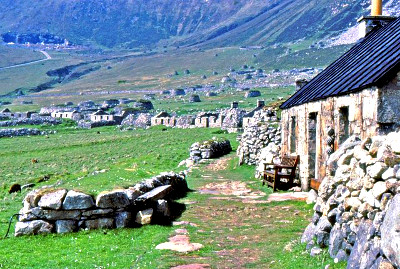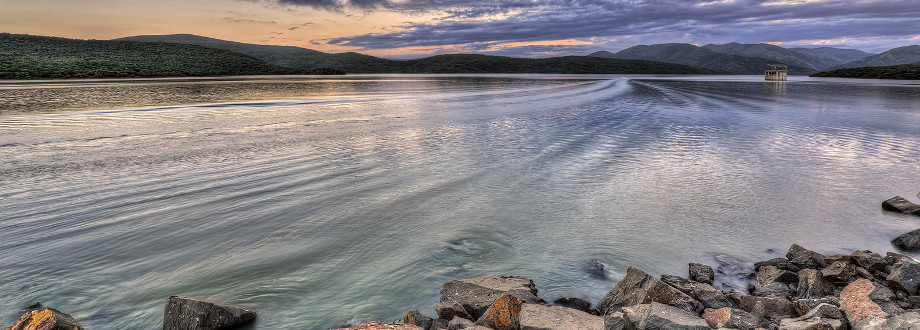
Trip to St Kilda
Many people who visit the Isle of Harris take advantage of the opportunity to visit the archipelago of St Kilda, the Outer Hebrides westernmost islands which are renowned for their unique natural beauty. Situated 40 miles from the nearest land, St Kilda is also a heaven for wildlife and a home to several animal species which are unique to this remote archipelago.
St Kilda Islands
St Kilda consists of several islands of which Hirta is the largest, followed by Soay and Boreray. All are home to some of the most dramatic sea cliffs of all British Islands, making the archipelago look really majestic when approached from the sea. Despite having a long history of human settlement, only the island of Hirta was inhabited by humans in modern history. In the mid-1930s, however, the last of the remaining 36 inhabitants were evacuated on their own wish. Today, Hirta is home only to military personnel, conservation workers and volunteers, and various scientists who study the islands’ history and nature, mainly during the summer.
A Heaven for Sea Birds
St Kilda is especially popular with bird lovers as it is a breeding ground of many sea bird species such as the Northern Gannets, Atlantic Puffins, Leach’s Petrels and Northern Fulmar, to mention only a few. But the archipelago is also home to two bird species which are unique to St Kilda islands – St Kilda Field Mouse (a Wood Mouse subspecies) and St Kilda Wren (an Eurasian Wren subspecies).
St Kilda Sheep
The archipelago is also renowned for two rare sheep species that live on the islands of Soay and Boreray. The first island is home to the so-called Soay sheep which is thought to be descendants of the earliest Neolithic European sheep. Boreray, on the other hand, is home to a variety of Scottish Dunface sheep which are speculated to be similar to those that were keep in the Iron Age Britain. Considered a breed of their own, the sheep were named after the island to which they became feral – Boreray sheep.
Plant Life
Just like fauna, flora in St Kilda is influenced heavily by the archipelago’s remoteness and harsh climate. No trees grow on any of the islands but there are over 100 flowering plant species and hundreds of fungi and bryophytes.
A UNESCO World Heritage Site
In 1986, St Kilda was inscribed to the UNESCO World Heritage Sites list for its natural features. However, less than two decades later, it was extended to include all the islands and the surrounding marine features, becoming one of a few World Heritage Sites to be recognised as such for both their natural and cultural value.
